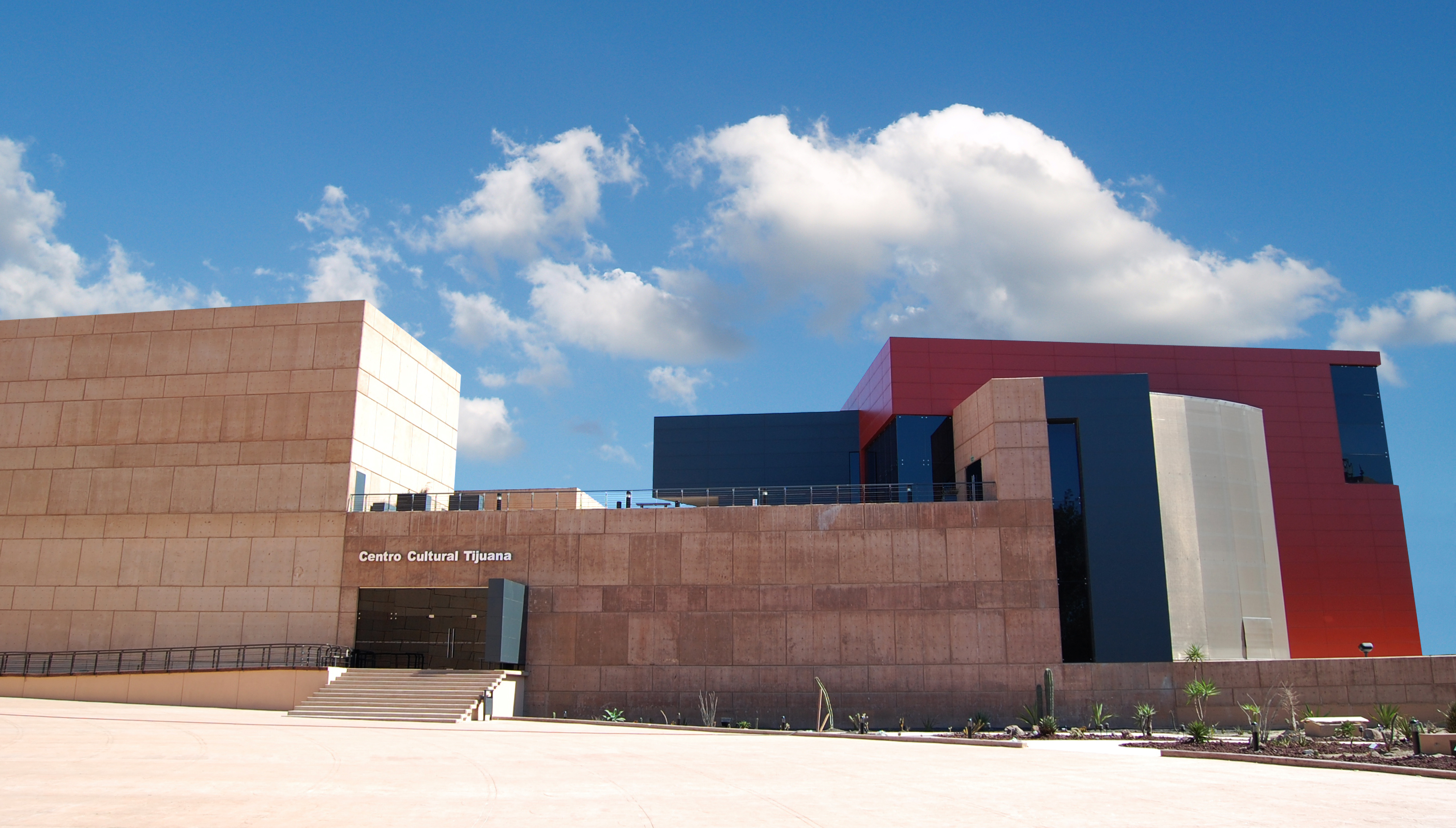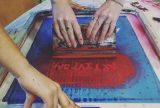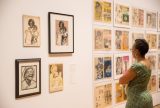A Mexican Cultural Center That Builds Bridges, Not Walls, With the U.S.
Tijuana’s CECUT Draws Southern Californians by Programming with Cross-Border Appeal
Each culture absorbs elements of cultures near and far, but afterward it is characterized by the way in which it incorporates those elements.
-Umberto Eco
It seems that talking about borders and walls in these times is much more common than talking about bridges, alliances or free trade among the nations of the world.
However, for the city …










